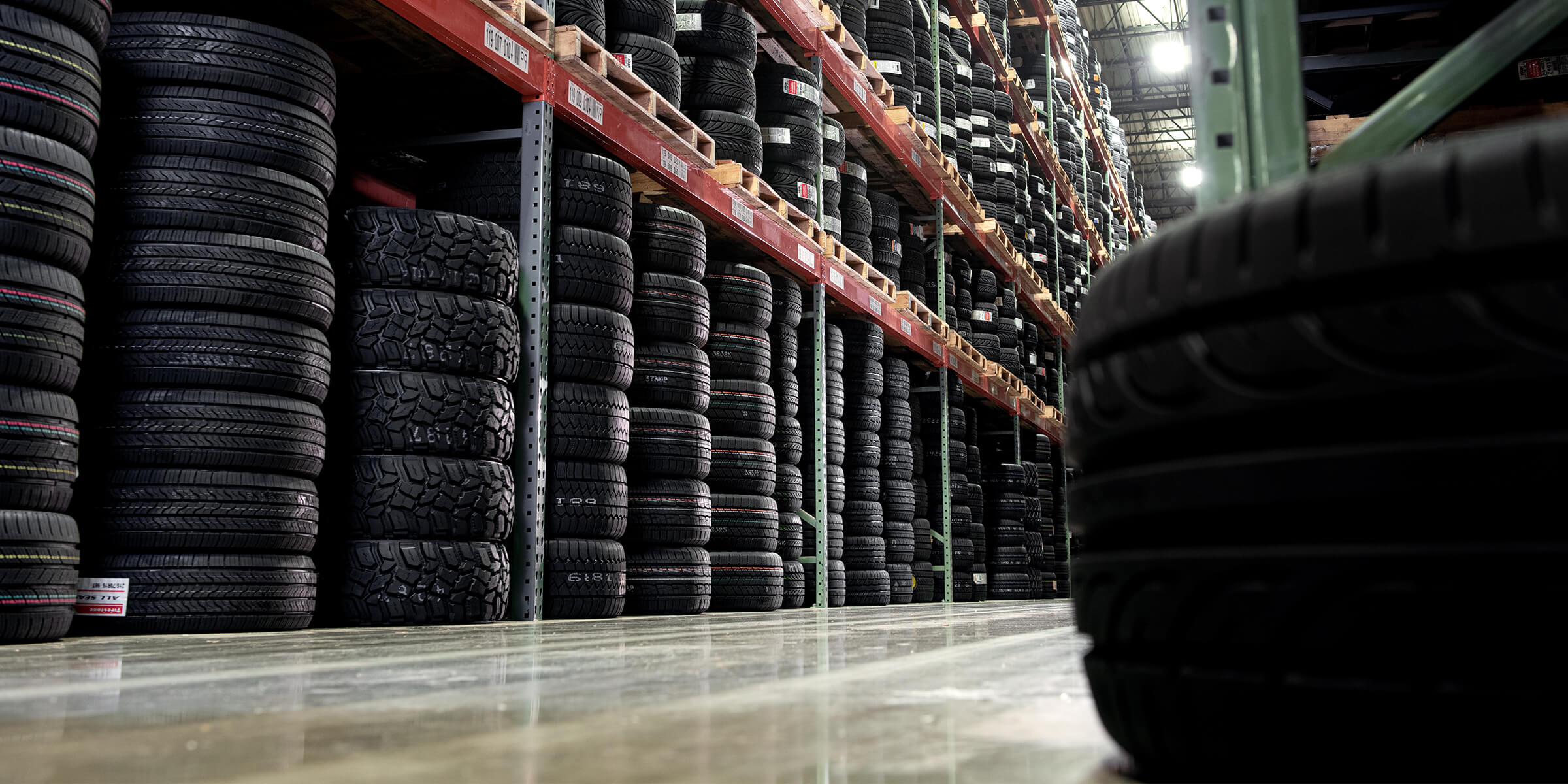Tire Solution: Understanding Tire Pressure Surveillance Equipments
Comprehending Tire Pressure Surveillance Equipments (TPMS) is an essential aspect of preserving optimal automobile efficiency and safety on the roadway. With advancements in auto technology, TPMS has actually become a typical function in modern automobiles, supplying real-time information on tire pressure degrees.

Importance of TPMS
The value of Tire Pressure Monitoring Equipments (TPMS) hinges on their capacity to improve automobile safety and performance via real-time surveillance of tire stress levels. Keeping the proper tire stress is important for ensuring optimum handling, braking, and total security of a car. TPMS supplies vehicle drivers with prompt responses on any kind of underinflated or overinflated tires, permitting timely modifications to be made.
Parts of TPMS
Sensing units are generally situated in the tire valve stem or connected to the wheel assembly, where they determine tire pressure and transfer data to the control module. Some advanced TPMS designs likewise display the actual tire pressure readings for each tire, supplying vehicle drivers with real-time information to guarantee optimal tire performance and safety and security. By keeping an eye on tire stress constantly, TPMS helps protect against accidents, reduces tire wear, and boosts fuel performance, making it a vital part for vehicle safety and efficiency. tires morris il.
Sorts Of TPMS

On the other hand, indirect TPMS depends on the vehicle's wheel speed sensing units to check tire stress. This system identifies underinflation by contrasting the rotational rates of the wheels. Indirect TPMS is less costly than direct TPMS, as it makes use of existing sensors within the lorry.
While direct TPMS supplies much more exact readings, indirect TPMS is less complex in design and typically calls for less upkeep. Both systems have their limitations and benefits, and the choice in between them often relies on aspects such as cost, lorry make, and personal preference. Recognizing the differences between these two kinds of TPMS can help car proprietors make educated decisions concerning tire upkeep and safety and security.
TPMS Maintenance Tips
Efficient upkeep of TPMS is crucial for guaranteeing ideal efficiency and safety and security of your vehicle. On a regular basis evaluating the TPMS sensors for any type of damages or deterioration is crucial. Guarantee that the sensors are cost-free and tidy from debris that could hinder their functioning. In addition, it is suggested to check the sensing unit batteries occasionally and change them as needed to guarantee accurate readings. Conduct routine checks on the tire pressure levels and compare them with the TPMS readings to ensure they are constant. If there are any type of disparities, rectify the system adhering to the maker's standards. During tire rotation or substitute, make certain that the TPMS components are handled carefully to protect against any type of prospective damage. If the TPMS alerting light illuminates on the dashboard, resolve the issue promptly by examining the tire pressures and the total system for any type of Check Out Your URL mistakes. By adhering to these upkeep ideas, you can prolong the life-span of your TPMS and enhance the safety and security of your driving experience.
Advantages of Correct Tire Pressure
Preserving correct tire pressure, as highlighted in TPMS Upkeep Tips, is vital for reaping the countless advantages related to optimal tire stress levels. One of the main benefits of keeping the correct tire stress is improved fuel performance. When tires are properly blown up, there is less rolling resistance, causing far better fuel economy. Furthermore, appropriate tire stress guarantees also tire wear, expanding the lifespan of the tires and promoting much safer driving problems. With the best tire pressure, automobiles additionally have better handling and grip, specifically in damaging climate condition. This can improve general driving performance from this source and safety for the vehicle driver and guests. Keeping optimum tire stress can add to a smoother and a lot more comfy adventure by lowering resonances and sound caused by underinflated tires. To conclude, the benefits of proper tire stress exceed simply tire durability; they include improved fuel effectiveness, enhanced safety, far better vehicle performance, and total driving convenience.
Final Thought
To conclude, recognizing tire pressure monitoring systems (TPMS) is crucial for preserving optimal tire pressure and ensuring lorry safety. By identifying the significance of TPMS, recognizing with its elements, knowing the various kinds available, sticking to appropriate upkeep suggestions, and realizing the benefits of keeping appropriate tire stress, motorists can boost their driving experience and prolong the life expectancy of their tires. Appropriate tire pressure is essential to effective and secure automobile procedure.

Comments on “Morris Tire and Alignment: Your Relied On Resource for Reliable Service”